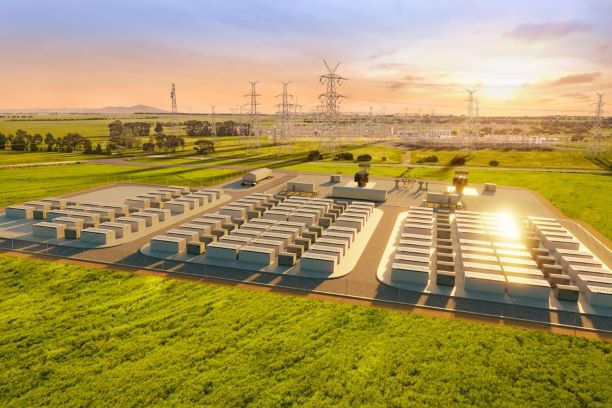Tesla Battery Farm Sequel
- Editor OGN Daily
- Nov 9, 2020
- 2 min read
The first one saved Australia tens of millions of dollars. The next one is bigger in every way.

Quick refresher: in 2016, South Australia experienced a near total blackout after a crazy storm brought 80,000 lightning strikes to the area. When a politician blamed the blackouts on the push for renewable energy, Musk and Tesla bet they could power the area with the company's PowerPacks within 100 days - and did it in 60.
In just two years, Hornsdale Power Reserve - literally a facility full of PowerPacks that receives and stores energy from nearby wind and solar farms - has worked as advertised, saving South Australia more than $100 million in network costs. By storing power up to its capacity of 100 MW, this “battery” can absorb brief blips in the grid surrounding it, reducing outages for residents and easing the burden on businesses or facilities that lose money, product, and more during those outages.
This facility was partly responsible for South Australia achieving a global first last month, when it became the world’s largest region to meet all of its energy needs from solar power.
The sequel is the Victorian Big Battery Megapack, to be built about 40 miles outside Melbourne, and it’s double even the upgraded size of the existing Hornsdale Power Reserve. Like Hornsdale before, the Victorian Big Battery Megapack will become the largest battery storage facility in the world.
South Australia has a robust infrastructure of renewables like solar energy farms, and both the state and Musk view storage as a key part of making renewables an everyday competitor. That’s because solar is subject to fluctuations that greatly vary its energy output, which makes it difficult to predict as well as price for consumers. The renewable future is likely made of a patchwork of sources that work best in different environments, times of day, and conditions.
When the battery is fully charged, it can provide power back into its intended South Australia grid for about an hour and a half. On a typical peak summer day, the hot and dry state has abundant sunshine and equally high energy needs.
Perhaps counter-intuitively, too much solar at once can be bad for the grid as well as energy prices. Evening out the highs by redistributing them to the lows is something that, Australian officials say, will stabilize the grid and keep uptime high. They’ve also passed a law allowing the local power distributor to “switch off” household solar if the grid is unstable due to excess.
This is important as one in three homes in South Australia has rooftop solar panels that complement the region’s large-scale solar facilities. Rooftop panels account for 77 percent of the solar energy generated.
No doubt, the rest of the world - where there's plenty of sunshine - will be taking note.



